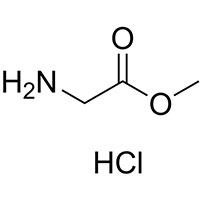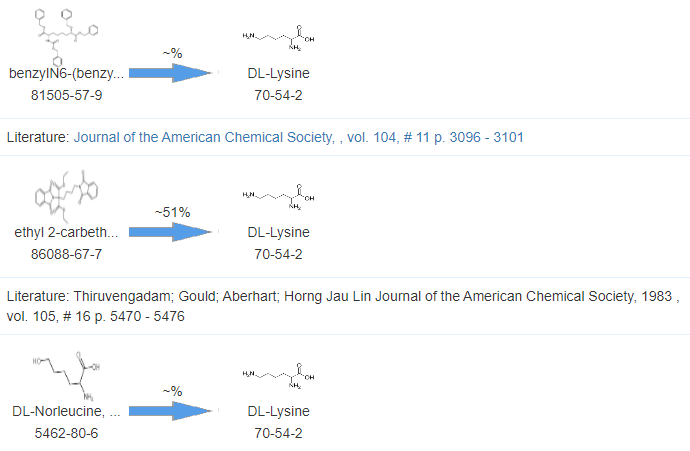Glycine methyl ester hydrochloride
Nanjing Finechem Holdings Co., LTD
Synonyms
H-Gly-OMe HCl
Gly-OmeHCl
Glycine, methyl ester, hydrochloride
methyl aminoacetate hydrochloride
GLYCINE METHYL ESTER HCL
Glycine methylester HCI
H2N-Gly-OMe*hydrochloride
METHYL GLYCINATE HCL
Methyl glutamate
MFCD00012870
Glycine, methyl ester, hydrochloride (1:1)
EINECS 227-139-1
Methyl glycinate hydrochloride (1:1)
H-Gly-OMe.HCl
aminoacetic acid methyl ester hydrochloride
Product Description
Introduction:
Glycine Methyl Ester Hydrochloride is a versatile compound with a wide range of applications in various
industries. This product introduction aims to provide a comprehensive overview of Glycine Methyl Ester
Hydrochloride, including its production process, diverse applications, and promising market prospects.
With its unique properties and increasing demand, Glycine Methyl Ester Hydrochloride is poised to be a
valuable asset in the global market.
Production:
Glycine Methyl Ester Hydrochloride is typically produced through a well-established chemical process.
The production involves the esterification of glycine with methanol, followed by the addition of
hydrochloric acid to form Glycine Methyl Ester Hydrochloride. Stringent quality control measures are
implemented during the production process to ensure the highest purity and consistency of the final
product.
Applications:
Glycine Methyl Ester Hydrochloride finds applications across various industries due to its unique
properties:
a. Pharmaceutical Industry: Glycine Methyl Ester Hydrochloride is widely used as a building block in the
synthesis of pharmaceutical compounds. It serves as a precursor in the production of amino acids,
peptides, and pharmaceutical intermediates. Its incorporation into drug formulations enhances their
stability, bioavailability, and therapeutic efficacy.
b. Agrochemical Industry: Glycine Methyl Ester Hydrochloride plays a significant role in the production
of agrochemicals and plant growth regulators. It is used as a key intermediate in the synthesis of
herbicides, fungicides, and insecticides. Its inclusion in these formulations improves their
effectiveness in crop protection and yield enhancement.
c. Chemical Synthesis: Glycine Methyl Ester Hydrochloride serves as a versatile reagent in organic
synthesis. It is utilized in the production of specialty chemicals, dyes, and functional materials. Its
presence in chemical reactions enables the creation of diverse molecular structures and functional
groups.
Market Prospects:
Glycine Methyl Ester Hydrochloride demonstrates promising market prospects due to the following
factors:
a. Pharmaceutical and Healthcare Industry: The growing demand for innovative drugs and therapeutic
compounds drives the market for Glycine Methyl Ester Hydrochloride in the pharmaceutical industry. Its
role as a crucial building block in pharmaceutical synthesis positions it as a key ingredient in drug
development.
b. Agriculture and Crop Protection: The increasing global population and the need for sustainable
agriculture fuel the demand for agrochemicals. Glycine Methyl Ester Hydrochloride's utilization in the
production of herbicides, fungicides, and insecticides presents significant market opportunities in the
agrochemical sector.
c. Chemical Manufacturing: The chemical industry's requirement for specialty chemicals and functional
materials fuels the market growth of Glycine Methyl Ester Hydrochloride. Its versatility as a reagent in
organic synthesis allows for the creation of value-added products, driving its demand in chemical
manufacturing.
Conclusion:
Glycine Methyl Ester Hydrochloride is a valuable compound with significant production, diverse
applications, and promising market prospects. Its involvement in pharmaceutical synthesis, agrochemical
production, and chemical synthesis highlights its wide-ranging utility. With the growing demand for
innovative drugs, sustainable agriculture, and specialty chemicals, Glycine Methyl Ester Hydrochloride
is expected to experience substantial growth in the global market.






